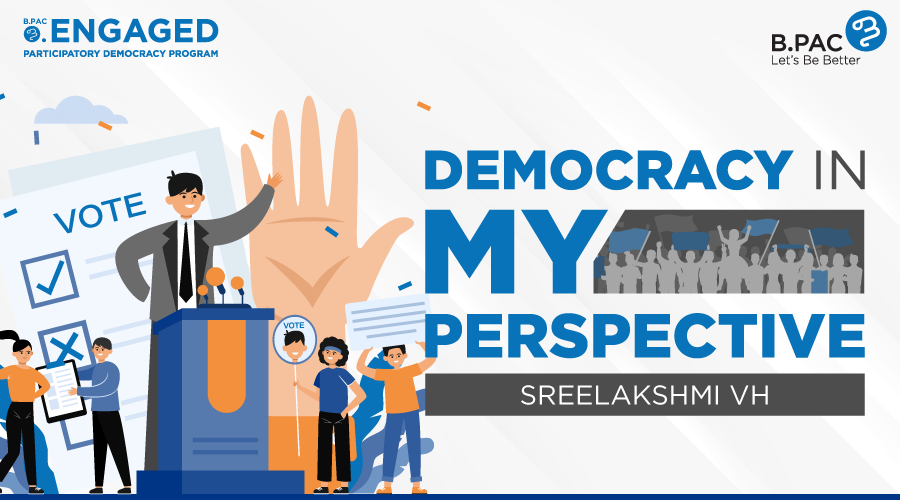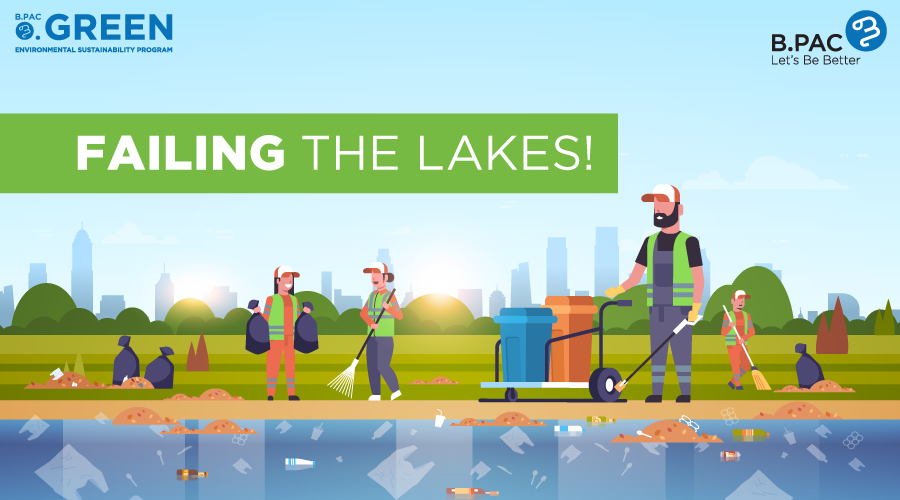Back in 80’s I used to drive with my boss, a man of brilliant mind, to workplace; this was following our decision to share the car on alternate days to save on petrol (mark of patriotism of those times when strife in the Middle East caused petroleum prices to shoot up). Being new to driving, I received a piece of advice from this man, who had spent considerable time in the US, telling me that in India, one should treat all other drivers on the road as enemies. And that they are out to kill you and we should always try to save ourselves from them. This was my first lesson in defensive driving.
We often get rattled on the road while driving, due to the inconsideration of others; jumping signals, overtaking from the wrong side, not giving way to pedestrians and the like. Nowadays we can complain and message instantly to the traffic police. There are any number of hurdles for driving that include bad roads, unauthorized parking and the like. Most of these are outside our control; we can do very little about them at the moment. However, what stay within our control is our driving habits. Whether we get injured or cause injury to others for no fault of theirs, the resulting trauma is very personal. Defensive driving reduces the probability of such trauma.
Many a times a younger relative offers a ride; I check on helmet or seat belt and often get the answer that police in their area or city don’t watch. My response is that the police don’t get injured if I meet with an accident. Safety gear is for me; I don’t trade my future life for the small inconvenience. So also overtaking; most often, in the cities, the fastest driver reaches the next signal first and wait for others to join! Short cuts such as jumping signals or lane crossing may end up as very long routes back to our destination, if it happens via a hospital visit. Is this gain so important as to forego loads of fun in reserve in many years of life ahead? Defensive driving is like insurance; insurance covers for an unlikely event; so also, safe driving reduces the possibility of an accident, directly affecting the person. In addition, accident causes incalculable amount of misery and pain to people dear to use.
Law, rules etc are generally the minimum prescribed for compliance; a safe approach is go beyond such prescriptions. Safety is both a habit and culture in addition to being good citizenship through compliance with the laws of the land. Such practices can be further encouraged by the following:
- Showing films of accidents, victims & culprits and narration of their experience in schools and offices.
- Making people who have met with the accidents share their experience and trauma with others in offices/colleges.
- Narration by relatives who have lost their dear ones in accidents.
- Automation of testing driving capability and on-road compliance through simulators prior to calling for actual driving test.
- Increased surveillance through automated cameras both at signals and randomly placed cameras to create deterrence.
- Retesting as stated at (4) above, for frequent offenders prior to renewal of license.Exclusive places for fun driving like ‘wheelies’ with appropriate safety facilities and supervision; youth want fun and no point in blocking it; so many sports carry risk, but allowed under special conditions.
It is said that there are two ways we learn; one from advice and other, when life teaches us by its own and often harsh ways; there is no short cut to this learning. And when it comes to accidents, in extreme cases, there may never be a SECOND CHANCE.





